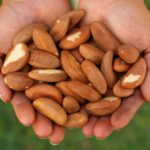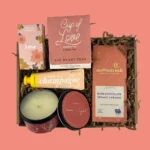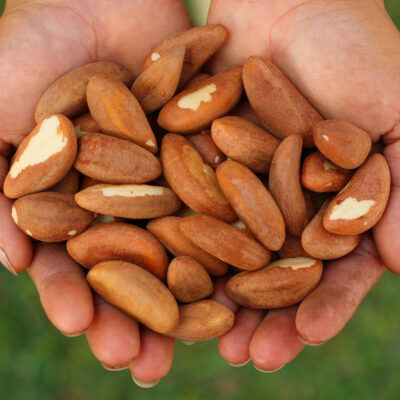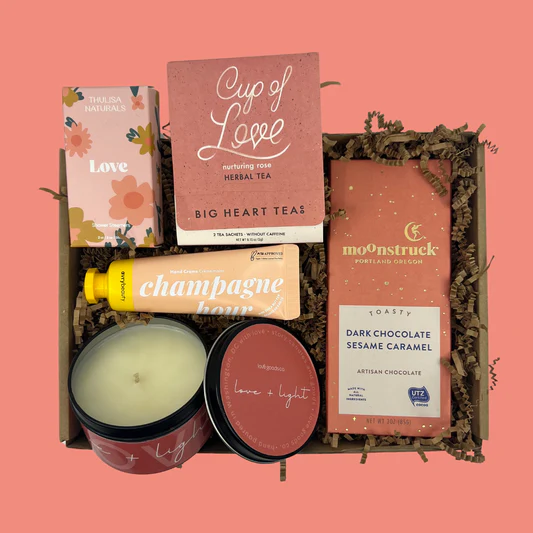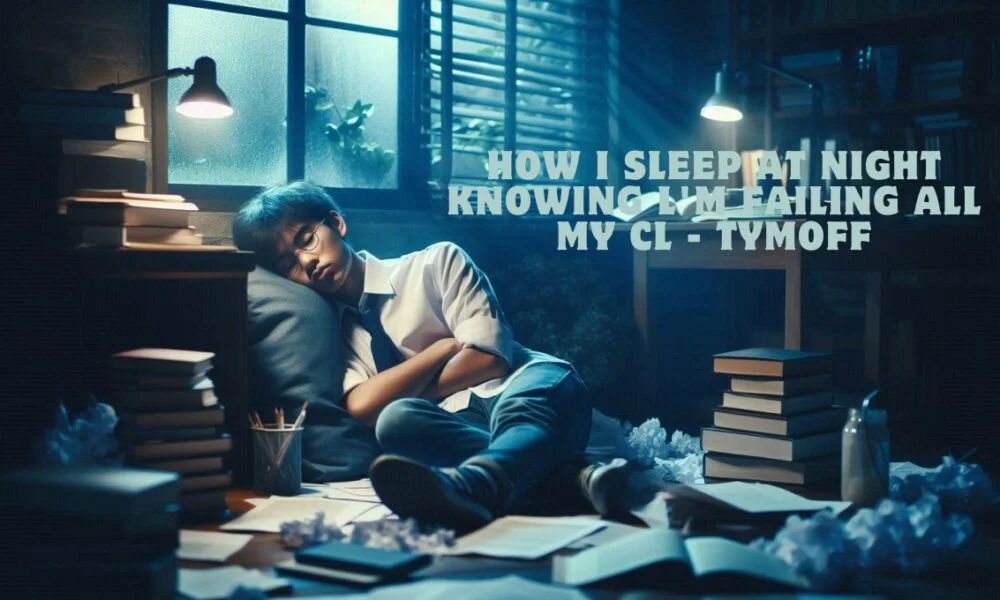1. The Legacy of Minecraft (2009): A Game That Revolutionized Creativity
Minecraft, launched in 2009 by Markus “Notch” Persson, minecraft (2009) game icons banners quickly became one of the most recognizable video games in the world. Its distinctive blocky aesthetic, paired with a limitless open-world sandbox, allowed players to explore their creativity in ways few games could. Players could mine resources, craft tools, and build vast structures with nothing but their imagination as the limit.
Unlike many games that guide players through a fixed narrative, Minecraft let them be the masters of their own universe. It was this creative freedom that led to a booming community, with fans continually creating new content, mods, and structures. Over the years, the game’s iconic status solidified, not just for its gameplay but also for how it allowed players to express themselves.
A significant part of this self-expression comes through Minecraft’s game icons and banners, two tools that have grown in importance as Minecraft’s player base minecraft (2009) game icons banners expanded. These features let players personalize their gameplay, whether by marking territory, customizing their in-game avatars, or adding flair to multiplayer servers.
2. Understanding Minecraft’s Game Icons: More than Just Visuals
Game icons in Minecraft serve a larger purpose than mere decoration. They act as quick visual references, denoting items, actions, or achievements. For example, the iconic pickaxe icon immediately conveys that the player is ready for mining, while the food icon indicates hunger levels.
Each icon is designed to be simple yet instantly recognizable, fitting perfectly within Minecraft’s minimalist, pixelated art style. Even though the game’s graphics are far from realistic, the game icons convey a surprisingly deep level of clarity and functionality.
The introduction of game icons was a vital feature because they serve as an intuitive part of the user interface. Icons help players navigate through inventories, quickly understand new items, and get a better grasp of crafting recipes. Despite their minimalistic design, these icons are a key aspect of Minecraft’s usability, helping players engage with the game world more seamlessly.
3. The Evolution of Game Icons in Minecraft: From Simplicity to Masterpieces
In its earliest versions, Minecraft’s icons were as rudimentary minecraft (2009) game icons banners as the game itself. They were simple pixel art representations of the most basic tools and items. For example, the early pickaxe icon was little more than a crude, blocky representation of the tool. Over the years, as the game developed and added new features, the icons became more refined.
While Minecraft’s visual style has remained consistent, with its blocky textures and pixelated look, game icons have subtly evolved. The development team behind Minecraft has put great effort into ensuring that icons remain intuitive while becoming more detailed. Items like enchanted books, custom potions, and intricate weapons are all represented by icons that communicate their complexity and power at a glance.
The community, too, has played a role in the evolution of Minecraft’s icons. Modders have created custom icons that reflect different art styles, from hyper-realistic versions to quirky and abstract designs. These modifications not only add variety but also enhance the game’s accessibility and visual appeal, making icons more engaging and user-friendly.
4. Importance of Game Icons in Multiplayer Servers
When Minecraft transitioned into multiplayer servers, the minecraft (2009) game icons banners role of game icons grew even more significant. In these environments, where players interact with others from across the world, icons became a quick way to communicate what someone was carrying or doing.
Game icons also became important in helping players distinguish between different server functions. Whether it’s designating items for trade, showing off achievements, or identifying team members during large-scale player versus player (PvP) battles, icons provide a universal language that cuts through potential confusion.
In custom servers, especially those running modded versions of Minecraft, game icons often receive complete overhauls. Custom icons are used to symbolize new weapons, tools, or even roles assigned to players within a server. In some servers, these icons are essential for navigation, helping players understand their surroundings in these often complex, modded environments.
5. How Minecraft Icons Reflect Personal Identity in Gaming
Minecraft is about creating worlds, and game icons play a surprisingly big part in shaping a player’s identity within these worlds. Whether you’re playing single-player minecraft (2009) game icons banners or engaging in large-scale multiplayer experiences, the items you carry and the icons they represent often say a lot about your play style.
For example, a player who focuses on combat may have icons representing swords, shields, and armor dominating their inventory. On the other hand, a player dedicated to building may be more associated with icons for pickaxes, shovels, and blocks. Even when playing the same game, icons help convey who a player is and what they focus on within Minecraft.
Moreover, the ability to mod game icons has opened up even more ways for players to personalize their in-game identities. Whether it’s a texture pack that gives your icons a hand-drawn look or a server-specific mod that assigns custom icons to different professions, these small visual cues become crucial markers of individuality.
6. Minecraft Banners: What They Are and Why They Matter
While game icons help players navigate and engage with the game, Minecraft banners allow for deeper levels of personalization. Banners were introduced as a way to give players even more customization tools, allowing them to create unique symbols, flags, or emblems to represent themselves or their groups in-game.
Banners are more than just decorative elements. They can serve as markers of territory, emblems for multiplayer teams, or even symbols for entire player factions. Using different dyes, patterns, and designs, players can craft their own banners to suit any purpose.
The introduction of banners revolutionized how players represented themselves in Minecraft, particularly in multiplayer servers where clans, guilds, or factions are common. A carefully designed banner can serve as a rallying point, an icon of pride, or a way to distinguish a player’s base from the rest of the world.
7. How to Create Banners in Minecraft: A Step-by-Step Guide

Creating banners in Minecraft is an art form, but it’s also straightforward. The following guide breaks down the steps players need to follow to make a banner:
- Gather Materials: The basic materials for making a banner include six blocks of wool and a stick. The wool determines the base color of your banner.
- Crafting the Banner: Combine the wool and the stick on a crafting table to produce a blank banner. This blank canvas is where your creativity will come into play.
- Adding Patterns: Patterns are added by combining the banner with different dyes in specific shapes on the crafting table. You can also apply special patterns like a creeper face or mojang logo using pre-made items such as a creeper head or enchanted golden apple.
The patterns can be layered, and up to six different patterns can be added to a single banner, allowing for incredibly detailed designs. These designs can range from minecraft (2009) game icons banners simple stripes to complex designs, such as dragons, animals, or abstract shapes.
8. Customizing Banners: Colors, Patterns, and Personalization
Once you have the basics of banner crafting down, the real fun begins with customization. Minecraft provides a wide array of dyes, which come from flowers, cacti, and other natural sources within the game world. These dyes can be combined with banners to produce an almost endless number of designs.
Minecraft also offers banner patterns that can be applied using a loom, a special tool introduced in later updates to simplify the customization process. With the loom, players can easily experiment with new designs, swap patterns, and preview their creations before finalizing them.
A banner’s design is limited only by a player’s creativity. Some players design banners with geometric shapes, while others incorporate intricate images like shields, swords, or even famous logos. This level of customization ensures that no two banners need to be the same, offering a truly unique way to stand out.
9. Banners in Multiplayer Servers: Flags of Identity and Team Spirit
In multiplayer servers, banners often take on even more significance. They become symbols for teams, clans, or entire nations within a server’s world. Whether it’s minecraft (2009) game icons banners a faction in a PvP server or a cooperative community in a survival world, banners serve as a unifying visual element.
Banners can be placed outside of bases, used as flags during battles, or carried around to signify a player’s allegiance. In role-playing servers, banners are often used to represent different kingdoms or factions, adding to the immersive feel of the game.
For those in competitive Minecraft environments, such as capture-the-flag modes or territory-based games, banners are often the key objective, and designing a recognizable banner is crucial for these gameplay modes. When you see your banner flying high after a hard-fought victory, it’s a rewarding experience that adds depth to the game.
10. The Role of Banners in In-Game Roleplay and Storytelling
Minecraft is not just a game; it’s a storytelling platform. Many players and servers use the game as a way to create elaborate narratives, often incorporating banners into these stories as symbolic elements. In roleplaying scenarios, a banner might represent a faction’s ideals, its history, or its values.
For instance, in a medieval-themed server, players might use banners to symbolize different houses or noble families. Each banner design could reflect the family’s history or achievements, much like how medieval coats of arms worked in real life.
The ability to create and customize banners adds layers of storytelling possibilities. Players can use them to mark significant in-game events, such as conquering a castle or defeating a rival faction. By incorporating banners into these narratives, Minecraft players can create rich, immersive worlds that go far beyond the basic gameplay mechanics.
11. Best Banner Designs: Iconic Creations by the Minecraft Community
Since the introduction of banners, the Minecraft community has come up with some truly breathtaking designs. From simple geometric patterns to intricate minecraft (2009) game icons banners recreations of famous flags and logos, the possibilities are endless. Some banners are famous for their creativity, often being shared widely on forums, YouTube, and social media.
Some of the most popular banner designs include:
- National flags: Players have recreated flags from countries all around the world, from the U.S. to Japan, with surprising accuracy.
- Fantasy symbols: Dragons, phoenixes, and medieval crests are popular among players who enjoy creating role-playing servers or fantasy worlds.
- Cultural icons: Famous logos, such as superhero emblems or game logos, have been replicated in banner form, showing just how versatile Minecraft’s banner system can be.
The community’s creativity with banners continues to grow, with new designs and tutorials being shared daily. Websites like Planet Minecraft host a wealth of designs that players can replicate or use as inspiration for their own creations.
12. Using Game Icons and Banners in Mods: Expanding the Customization Horizon
One of the most exciting aspects of Minecraft is the ability to use mods, and game icons and banners are often key components in modded Minecraft experiences. Mods can introduce entirely new sets of icons, items, and banners that don’t exist in the base game.
For example, a Harry Potter-themed mod might include custom icons for wands, potions, and magical creatures, along with banners representing the different houses of Hogwarts. Similarly, a Star Wars mod could bring in icons for lightsabers, blasters, and spaceships, alongside banners for the Rebel Alliance or the Galactic Empire.
Modded icons and banners add new layers of depth to Minecraft, offering fans the opportunity to explore worlds far beyond the game’s original premise. Whether you’re playing in a fantasy universe, a sci-fi setting, or a historical recreation, mods help players bring their unique vision to life.
13. How Game Updates Have Enhanced Banner Customization
As Minecraft has evolved through its numerous updates, so too have the customization options for banners and icons. Mojang, the game’s developer, has continually improved how banners are crafted and displayed in-game. Features like the loom, introduced in Minecraft 1.14, have made designing banners simpler and more intuitive, allowing players to experiment with patterns more easily.
Additionally, updates have introduced new dyes, patterns, and textures that allow for even greater levels of detail in banners. Some updates have also added unique banners that can only be obtained through certain gameplay achievements, making them coveted items among players.
These updates keep the customization options fresh, encouraging players to continually revisit the crafting table and experiment with new designs.
14. Artistic Expression in Minecraft: Beyond Just Blocks and Pixels
When most people think of Minecraft, they imagine its blocky landscapes and pixelated characters. But Minecraft is also a canvas for artistic expression. Through game icons, banners, and other customizable elements, players can create intricate works of art, from simple banner designs to full-scale pixel art displays.
The combination of simple tools and unlimited possibilities has led to some stunning creations. Players have built entire cities, recreated famous landmarks, and even produced working computers, all within the confines of the game. Banners and icons contribute to this creative spirit, giving players an additional layer of personalization that helps bring their worlds to life.
As Minecraft continues to evolve, it’s clear that the possibilities for artistic expression will only expand. Whether you’re using icons to manage your inventory or designing banners to represent your clan, Minecraft offers endless ways to showcase your creativity.
15. The Future of Minecraft Customization: What’s Next for Game Icons and Banners?
As Minecraft approaches its fifteenth year, it shows no signs of slowing down. Game icons and banners will undoubtedly continue to play an essential role in the game’s ongoing success. With each new update, players can expect even more ways to customize their experience, whether through new patterns, colors, or entirely new customization features.
The future of Minecraft customization may also include more advanced tools for creating and sharing banner designs. Community-driven content will remain a key component of the game’s appeal, and Mojang’s commitment to supporting modders ensures that players will always have new and exciting ways to personalize their Minecraft worlds.
In the long run, as the game grows and technology advances, we may even see entirely new ways to interact with icons and banners, perhaps through augmented reality or virtual reality platforms. Whatever the future holds, one thing is certain: Minecraft will continue to be a canvas for creativity, where icons and banners help players make their mark on the world.
Conclusion
Minecraft’s game icons and banners may seem like small details in the grand scheme of the game’s vast world, but they play an essential role in personalizing the experience. From the early days of simple pixel art to today’s sophisticated custom designs, these features have grown alongside the game, offering players a unique way to express themselves and their creativity.
Whether you’re building an epic castle, exploring deep caves, or battling it out on multiplayer servers, the icons you use and the banners you fly are more than just decorative—they’re symbols of your journey and identity in the world of Minecraft.

